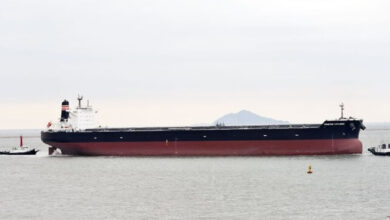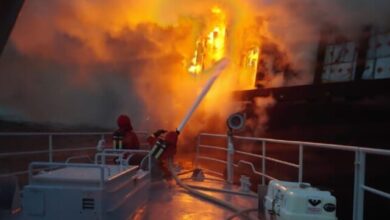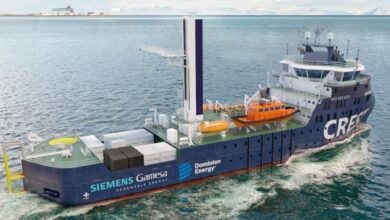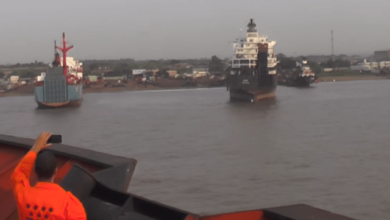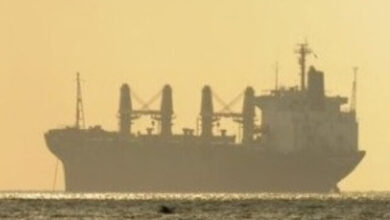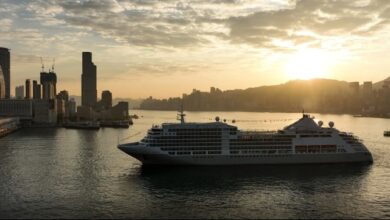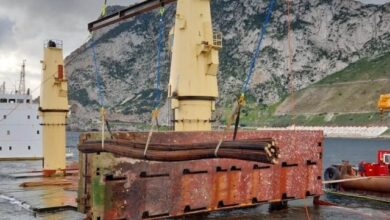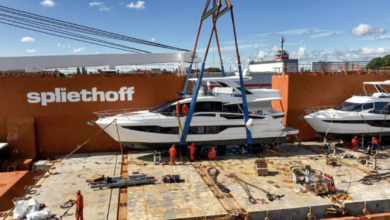Articles : Gavin Allwright write – Could Wind Propulsion Deployment Fund the Full Decarbonisation of Shipping?

I am going to make a bold assertion (as a non-financial expert) that this is not just possible but in fact likely. By installing substantial wind propulsion systems across the 60,000 large vessel fleet this decade and subsequent replacement vessels using wind propulsion systems as standard, the reduction in fuel use prior to 2050 would be equal to the amount being forecast that is required to not just meet the IMO2050 target of 50% reduction, but potentially cover the entire decarbonisation ticket price.
Now, as you follow me down this particular rabbit hole, you will have to allow me to make a series of assumptions, but I think you will agree that these are overall conservative. What follows is my back of the envelope calculation, and for this purpose it is stripped of IRR, interest/currency rate variations and other investment caveats.

For the purpose of this simple calculation, I will assume that we will have a static fleet size of 60,000 ships and one that is currently burning through 300 million tons of fuel per year (1 billion tons of C02 emissions). Adopting a base line of today’s price of VLSFO in Rotterdam, which stands at $500/ton, that translates into a total bunker spend of roughly $150 billion per year. For the sake of this calculation, we will assume a 35% increase in fuel price over each decade starting in the 2030s, which is made up of inflation, the introduction of more expensive alternative fuels into the energy mix and carbon taxes being imposed within the next 10 years.

A study conducted by University Maritime Advisory Services (UMAS) and the Energy Transitions Commission (ETC), found that reducing the industry’s greenhouse gas (GHG) emissions by 50% by 2050 will require approximately $1 trillion (USD). According to the study, the annual average investment needed would be $40-60 billion over the next two decades, and to fully decarbonise the global shipping industry by 2050, an additional $400 billion of investment would be needed over 20 years, bringing the total to $1.4 -1.9 trillion. The study also states that 87% of that investment would be required on land and was primarily focused on alternative, low carbon fuels.
Nonetheless at $1.4 trillion, by my calculation this equates to just over $23 million per ship in operation today.
A final base assumption is for the energy delivery from the full rollout of wind propulsion across the fleet, and I set that at 20%. This number includes retrofits, optimised newbuilds and also benefits derived from some limited operational changes from speed or power limitation, weather routing for wind etc.
To achieve that I have averaged out the cost of installation to $5million per ship (of course far less for small vessels, more substantial investments for larger vessels) and factors in the expected decrease in costs of these systems as these are mass produced for fleet deployments, this total is thus estimated to be $300 billion.
A lot of assumptions made, and I am sure some of these will be challenged, however now for the fairly straightforward calculation part.
2020s – the decade of rapid installation – the savings will be limited as many vessels are being installed and not operational throughout the decade, but if savings came in at 5% of the total $1.5 trillion bill, this would save $75 billion over these initial years. This is calculated without any fuel price increase from now until 2030.
2030s – retrofit installations are complete and many replacement vessels are enhanced/optimised wind or even primary wind. Fuel price rises 35% to a decade average of $675/ton thus a total spend of just over $200billion a year, reduced by 20% derived from wind, leaving $160billion/year. Thus wind saves the industry $405 billion in the 2030s.
2040s – fuel prices increase again by 35% to a decade average of $910/ton. The total spend without wind would be $2.73 trillion but wind reduces that to roughly $2.2 trillion for the decade, saving $546 billion
Thus by 2050, the incorporation of fleet-wide wind propulsion, with an initial price tag of $300 billion would thus unlock roughly $1 trillion in fuel savings along with reducing the need to deliver such a large amount of alternative zero-emissions fuel to boot, so potentially shaving 10-20% from that headline cost too.
The conclusion, rapid deployment of wind propulsion this decade along with the replacement of vessels with enhanced wind vessels in the coming decades would release the resources available to shipping to invest in the transition to full decarbonisation.
As a final note, we need to remember that wind propulsion is the gift that keeps giving as all of these wind propulsion systems will continue to deliver savings throughout the lifetime of the vessels, and while the price of alternative fuels will likely eventually fall, the use of an abundant energy source, delivered to the vessel at the point of use with no need for infrastructure, onboard storage all at a fixed zero cost, that will be very unlikely to lose its economic draw.




